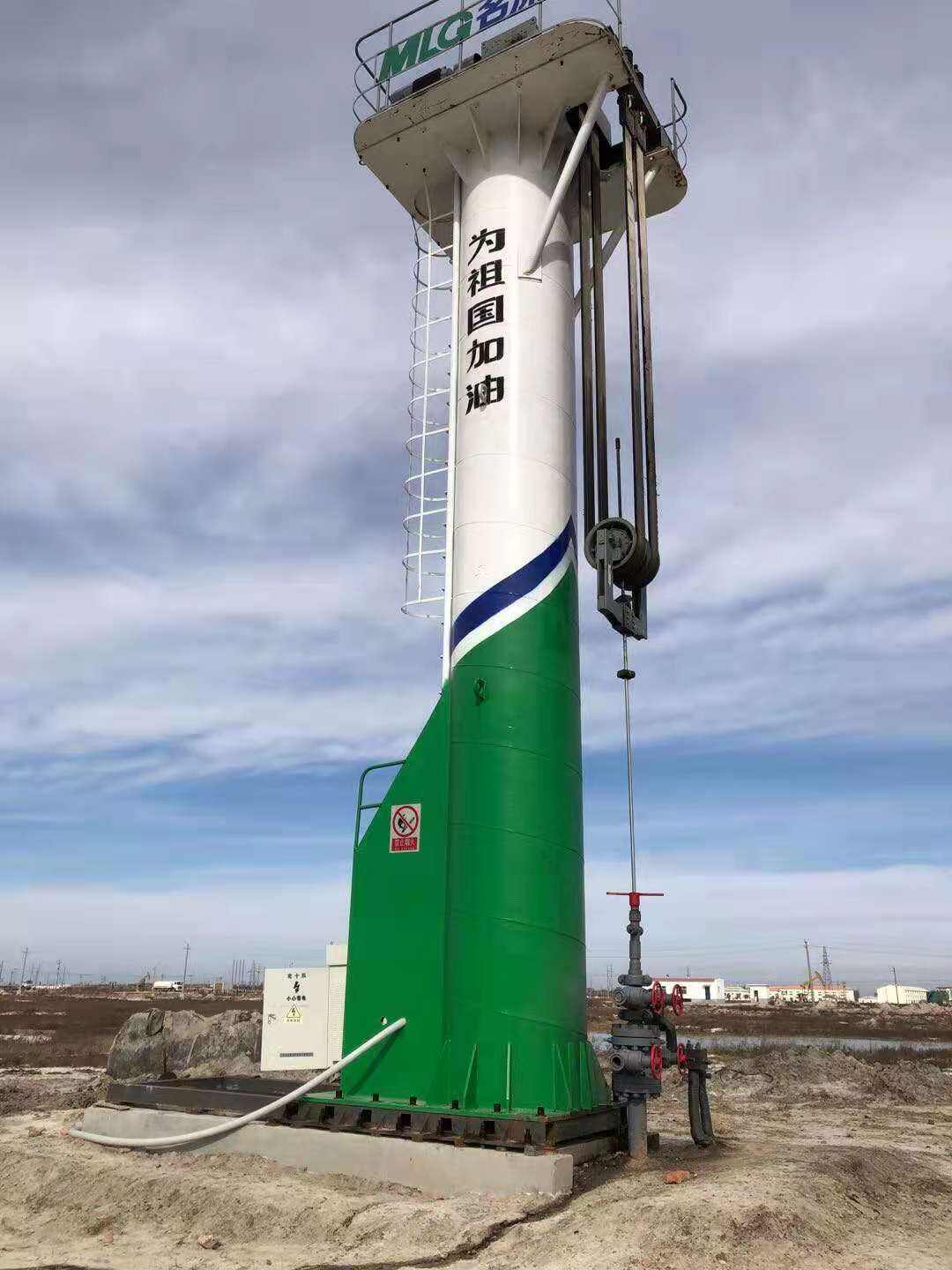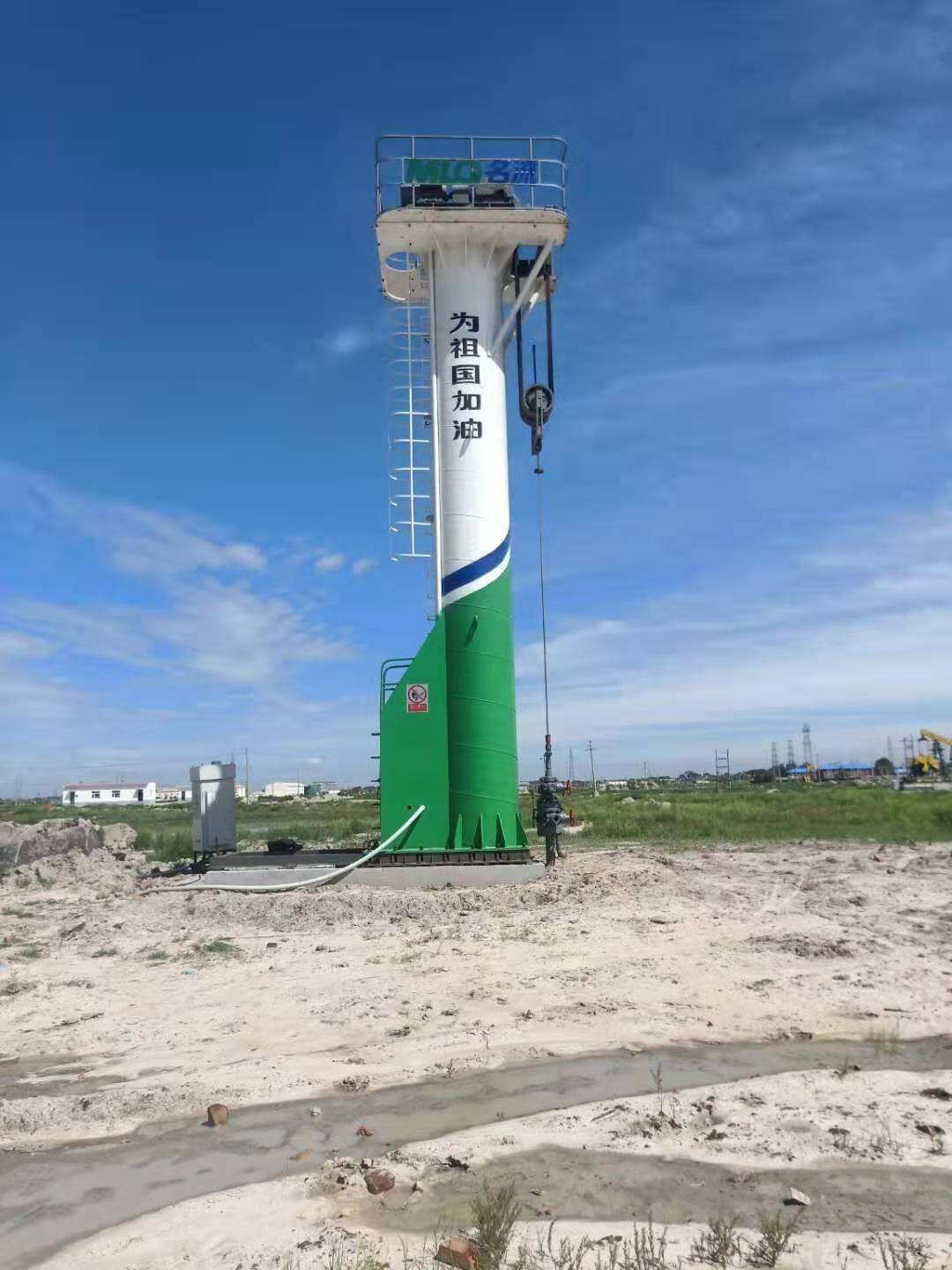
Installing pumping units requires careful planning and adherence to safety and operational guidelines to ensure optimal performance and longevity. First, conduct a thorough site assessment to determine the appropriate location, considering factors such as the water source, discharge point, and accessibility for maintenance. Prepare the foundation, which should be level, stable, and capable of supporting the weight of the pumping unit; concrete foundations are often preferred for their durability. Next, position the pumping unit on the foundation, ensuring it is properly aligned with the suction and discharge pipes to minimize friction and pressure loss. Connect the suction pipe to the pump inlet, ensuring a tight seal using appropriate gaskets or fittings to prevent air leaks, which can cause cavitation. Similarly, connect the discharge pipe to the pump outlet, making sure the pipe is properly supported to avoid excessive stress on the pump casing. Electrical connections should be made by a qualified technician, following the manufacturer's specifications and local electrical codes to ensure safety and proper functionality. Prime the pump if necessary, filling the suction line and pump casing with fluid to remove air and allow for proper operation. Once all connections are secure, perform a test run to check for leaks, unusual noises, or vibrations. Monitor the pump's performance during the test, including pressure, flow rate, and motor temperature, and make any necessary adjustments. Finally, document the installation details, including alignment measurements and electrical connections, for future reference and maintenance. Regular inspection after installation is also crucial to ensure the pumping unit continues to operate efficiently.

Copyright © 2025 by Shandong Mingliu Industrial Group Co., Ltd